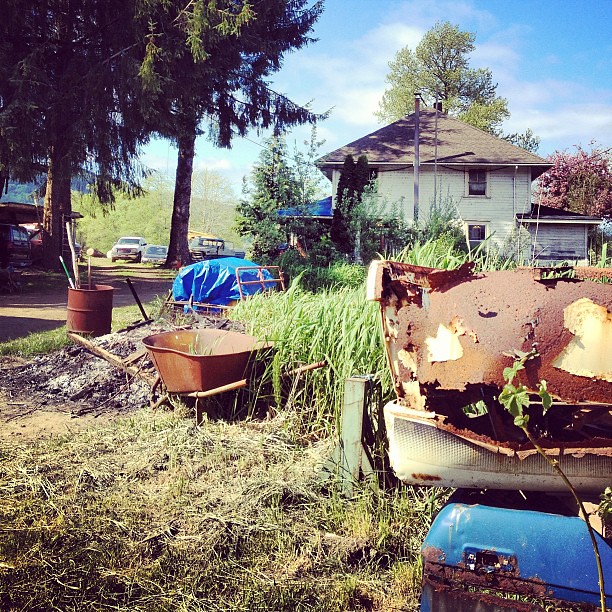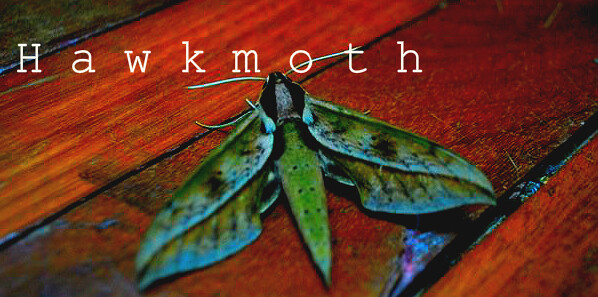
Today we took a trip to the oldest organic farm in Washington. Tom, the owner and head gardener, has hair like dandelion seeds and eyes that smile. We drove out along the Willapa Bay (famous for oysters), to buy lettuce seedlings from him.
Back at Green Angel, we watered and aerated the soil in preparation to plant. Here, we follow The Biointensive farming methods pioneered by Alan Chadwick and Ecology Action 40 years ago. Starting from the ground up, literally, these methods focus on soil health. They take a personal approach to food, proposing that the major challenges of world hunger and dwindling resources can be solved through small-scale organic agriculture rather than broad and unsustainable solutions like the use of genetically modified high-yield crops and synthetic fertilizers.
When a seedling sprouts into the sunlight and begins to photosynthesize, its roots also go to work. They release specialized chemicals that attract beneficial bacteria and fungi, which protect the plant and help it access otherwise unavailable nutrients (like nitrogen and phosphorus). These relationships are extremely complex, and very specific. Without a diverse soil community, crops end up malnourished, yield less food, and are more prone to disease.
Here, we amend the soil with cured organic matter (compost) to feed the microorganisms that keep the whole dance going. Over time, the mutualism between plants and microbes improves the soil structure, and in doing so, yields increasingly nutritious and hearty crops. Et voila! A productive organic farm is born, and a living, breathing soil is its crucial foundation.
More to come on methods of soil prep and composting. Please see Jeavons' How to Grow More Vegetables for a stepwise guide.
When a seedling sprouts into the sunlight and begins to photosynthesize, its roots also go to work. They release specialized chemicals that attract beneficial bacteria and fungi, which protect the plant and help it access otherwise unavailable nutrients (like nitrogen and phosphorus). These relationships are extremely complex, and very specific. Without a diverse soil community, crops end up malnourished, yield less food, and are more prone to disease.
Here, we amend the soil with cured organic matter (compost) to feed the microorganisms that keep the whole dance going. Over time, the mutualism between plants and microbes improves the soil structure, and in doing so, yields increasingly nutritious and hearty crops. Et voila! A productive organic farm is born, and a living, breathing soil is its crucial foundation.
More to come on methods of soil prep and composting. Please see Jeavons' How to Grow More Vegetables for a stepwise guide.

No comments :
Post a Comment